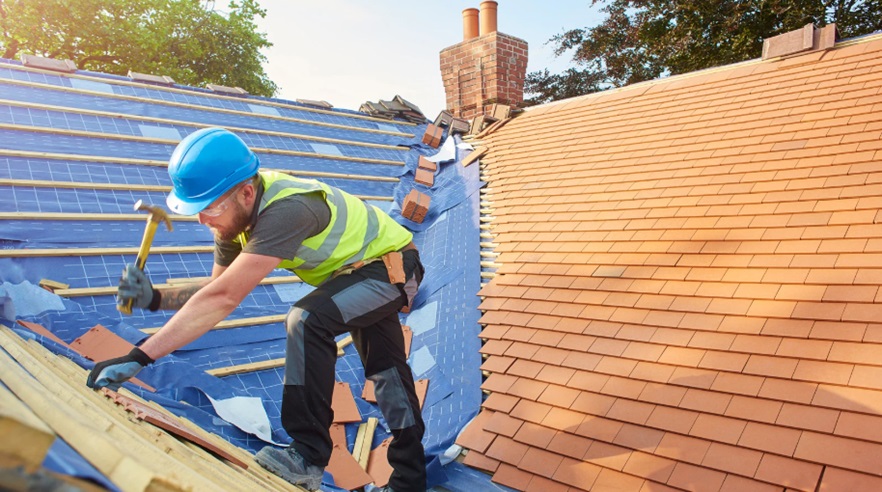Roofing is a significant investment for any homeowner, and understanding the role of weather in the process is essential for making informed decisions. Weather conditions can affect not only when your roof should be replaced, but also how well the installation holds up over time. If you’re considering a roof replacement in Dayton, timing it right based on local climate patterns can make a noticeable difference in the outcome.
Why Timing Matters in Roof Replacement
Roof replacement is more than just a construction task—it’s a strategic decision. Weather fluctuations in Dayton and surrounding areas can heavily influence the efficiency and durability of the replacement. From extreme heat to freezing cold, the conditions during installation can impact how materials behave and how well they adhere.
Contractors often recommend scheduling replacements during moderate weather—typically spring or early fall—when temperatures are stable and moisture levels are low. This allows for optimal sealing and curing of roofing materials, ensuring long-term performance.
Seasonal Challenges to Be Aware Of
While you might be eager to schedule a replacement quickly, it’s crucial to understand how each season presents its own challenges.
Winter
Cold temperatures can cause roofing materials like asphalt shingles to become brittle and harder to install. Sealants may also struggle to adhere properly, increasing the risk of future leaks. Snow and ice create safety hazards for crews and can delay progress.
Summer
On the flip side, extremely hot days can soften roofing materials too much, making them vulnerable to scuffing or improper sealing. Working under the blazing sun also puts strain on the installation crew, which may reduce overall efficiency.
Spring and Fall
These seasons are typically ideal for roof work. Mild temperatures allow materials to settle correctly, and lower humidity reduces the risk of moisture getting trapped under the shingles. Planning your roof replacement during these windows can help avoid potential weather-related issues.
Repair or Replace? Consider This First
Before jumping into a full replacement, some homeowners wonder whether a simple repair could suffice. Understanding the distinction between roof repair and full replacement can help guide your decision. Factors such as the age of the roof, extent of damage, and frequency of issues play a major role. When weighing roof repair vs replacement, it’s important to assess not just immediate damage but also long-term value and structural integrity.
After the Replacement: Weather Still Matters
Even after the installation is complete, the weather continues to play a crucial role in the longevity of your new roof. From heavy rain to strong winds and temperature extremes, ongoing exposure can wear down roofing materials over time. That’s why it’s so important to follow best practices to extend the lifespan of your new roof after replacement and ensure your investment is protected year-round.
Conclusion
Weather is a powerful factor in every stage of a roof replacement—from planning to execution and even maintenance afterward. By choosing the right time of year and relying on professionals who understand how weather impacts roofing materials and methods, you can ensure a smoother installation and a longer-lasting result. Don’t leave your roof’s performance to chance—schedule your replacement strategically to get the most out of your investment.


